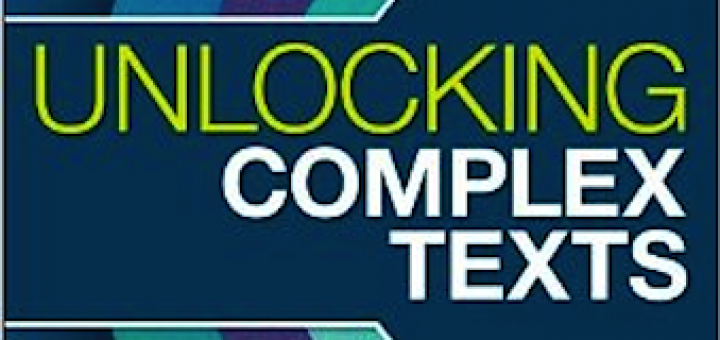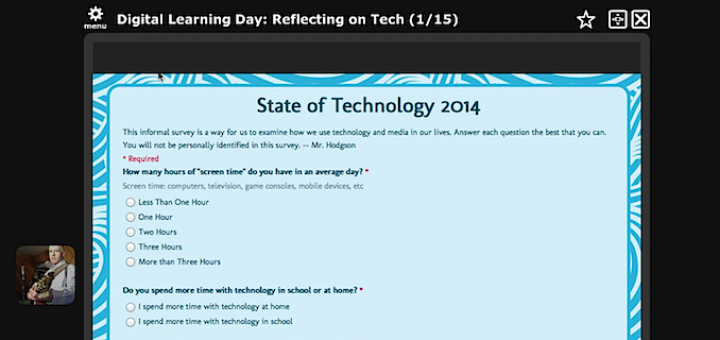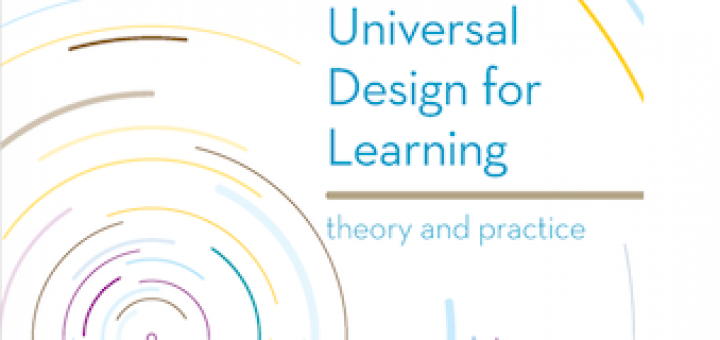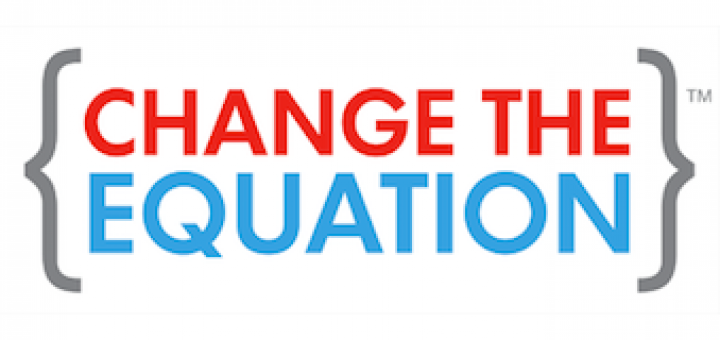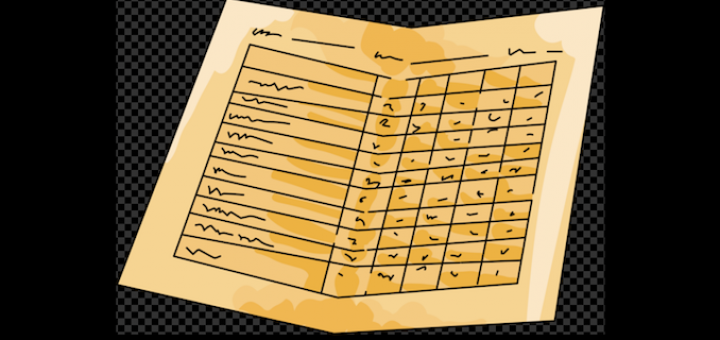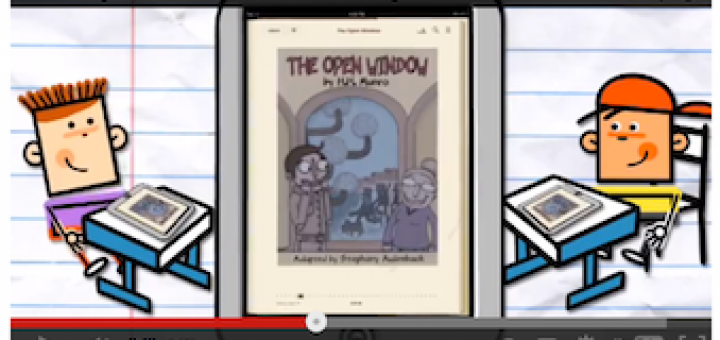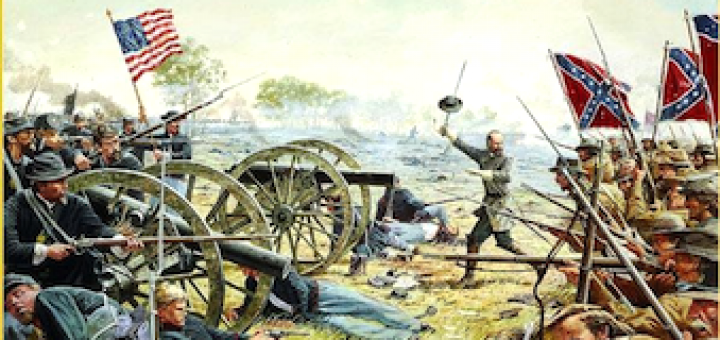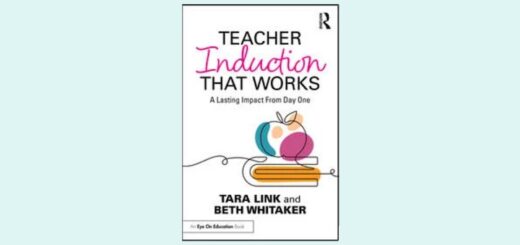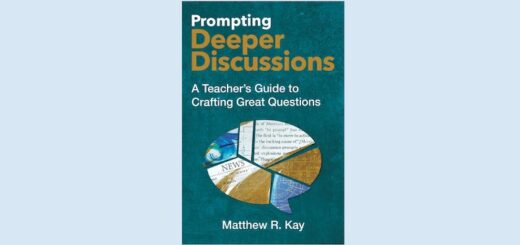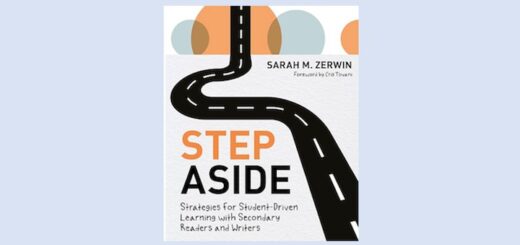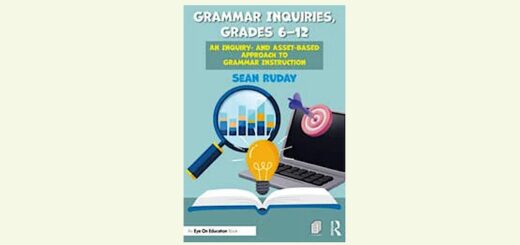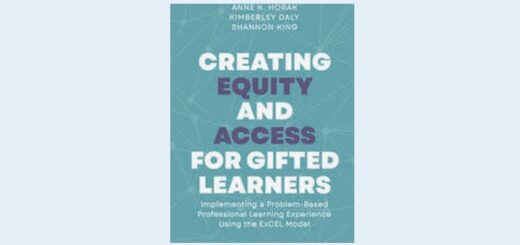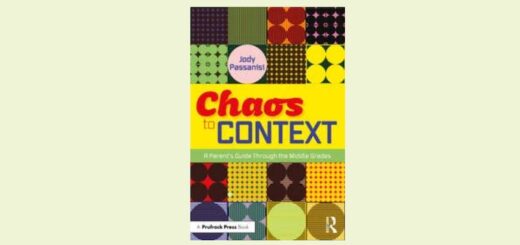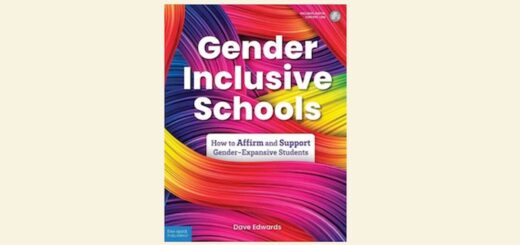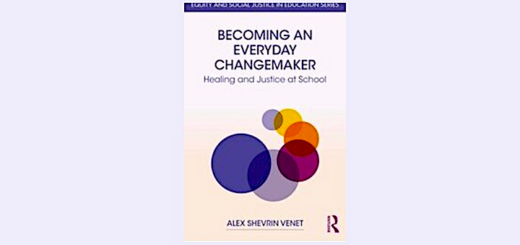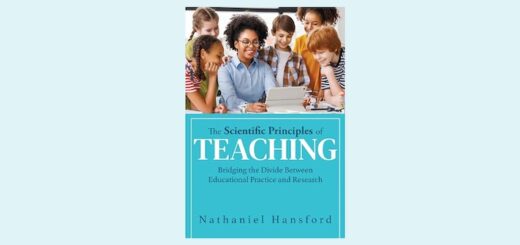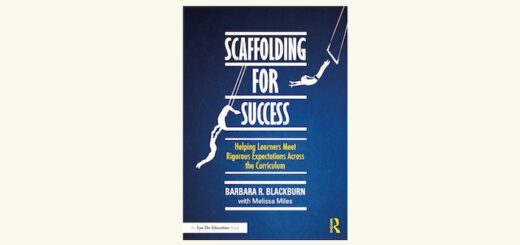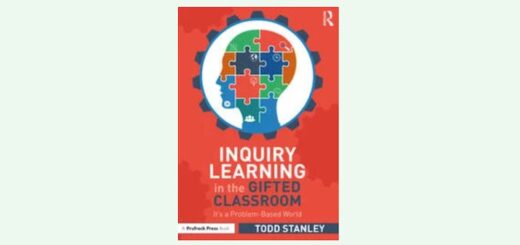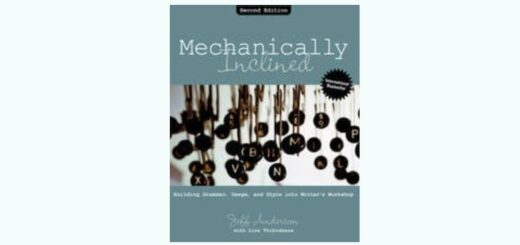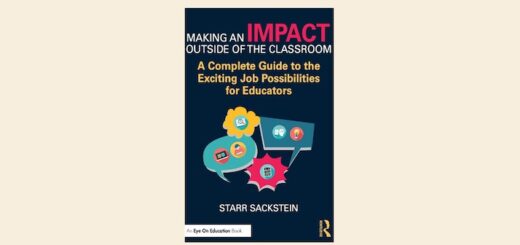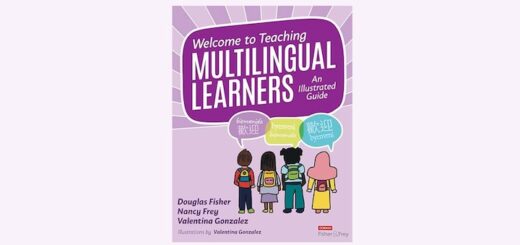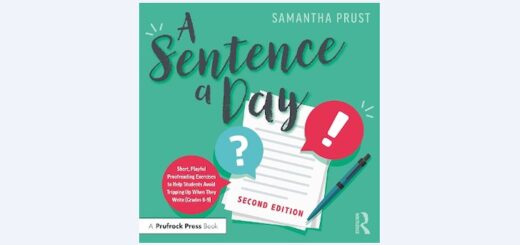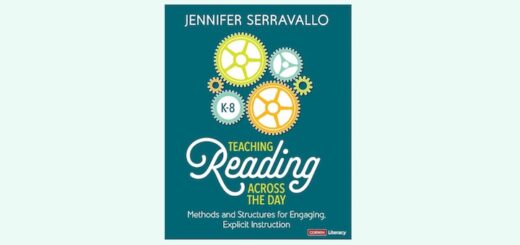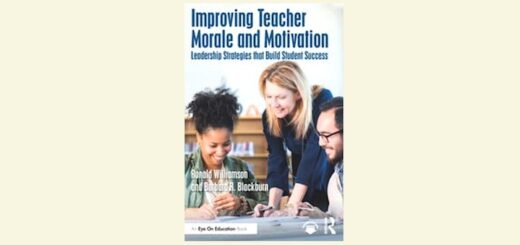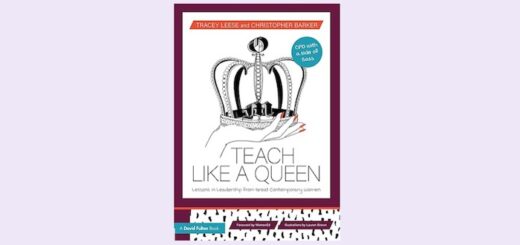Teaching and learning in grades 4-8
Most history teachers know the value of collaborative projects, but students often struggle over who does the work. Our bloggers Jody & Shara offer some ideas about turning groups into teams and getting each student to carry a fair share of the load.
Many teachers are frustrated by Common Core directions to ignore prior knowledge when teaching students to analyze texts, says literacy coach Laura Robb. She recommends a proactive approach: show students how to do it for themselves. Tips included!
Teacher Kevin Hodgson shares results from his annual Digital Learning Day survey querying 6th graders about their digital lives & technology use. In a Voicethread commentary, he highlights findings & invites readers to share their own observations.
Reviewer Fran Loose, PhD, finds Assessment and Student Success in a Differentiated Classroom is a valuable resource for beginning and veteran teachers, in general and special ed, in K-12 and university settings. It’s a book best read once then revisited periodically.
The idea that we have “average” learners is a harmful myth, says special educator Elizabeth Stein. Researchers find lots of variability among learners in any sizable public school classroom – it’s not just the special ed kids that are “different.”
The Change the Equation coalition and its STEMworks database can help K12 STEM programs test themselves against high standards and earn the support of corporate philanthropy, says MiddleWeb blogger Anne Jolly. Next application deadline: March 7.
The Essentials of Mathematics K-6: Effective Curriculum, Instruction, and Assessment provides a general overview of curriculum development, but with its 2006 copyright, reviewer Susan Mielechowsky finds its use limited in the current Common Core environment.
It’s report card time again – when carefully constructed comments join all those letter grades to say something to parents about each student’s progress. Mary Tarashuk shares some of her “eggshell” observations, and lets us in on the translations.
Former middle grades teacher Daniel Fountenberry says his experiences struggling to organize group reading sessions among students with varied reading skills led him to develop adaptive technology that tailors the “same” book to different readers.
Historical accounts are seldom objective, write history teachers Jody Passanisi and Shara Peters. They recommend several strategies from their own classrooms that educators can use to help students detect bias and compare varying perspectives.


